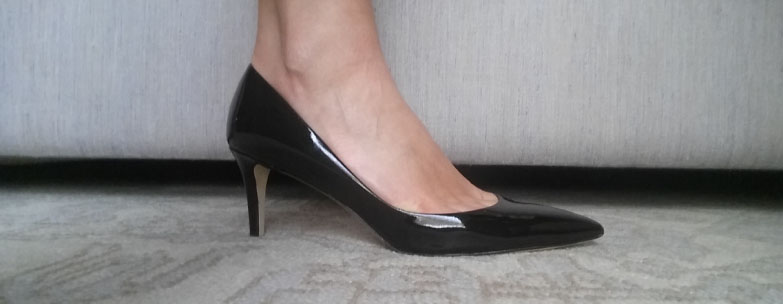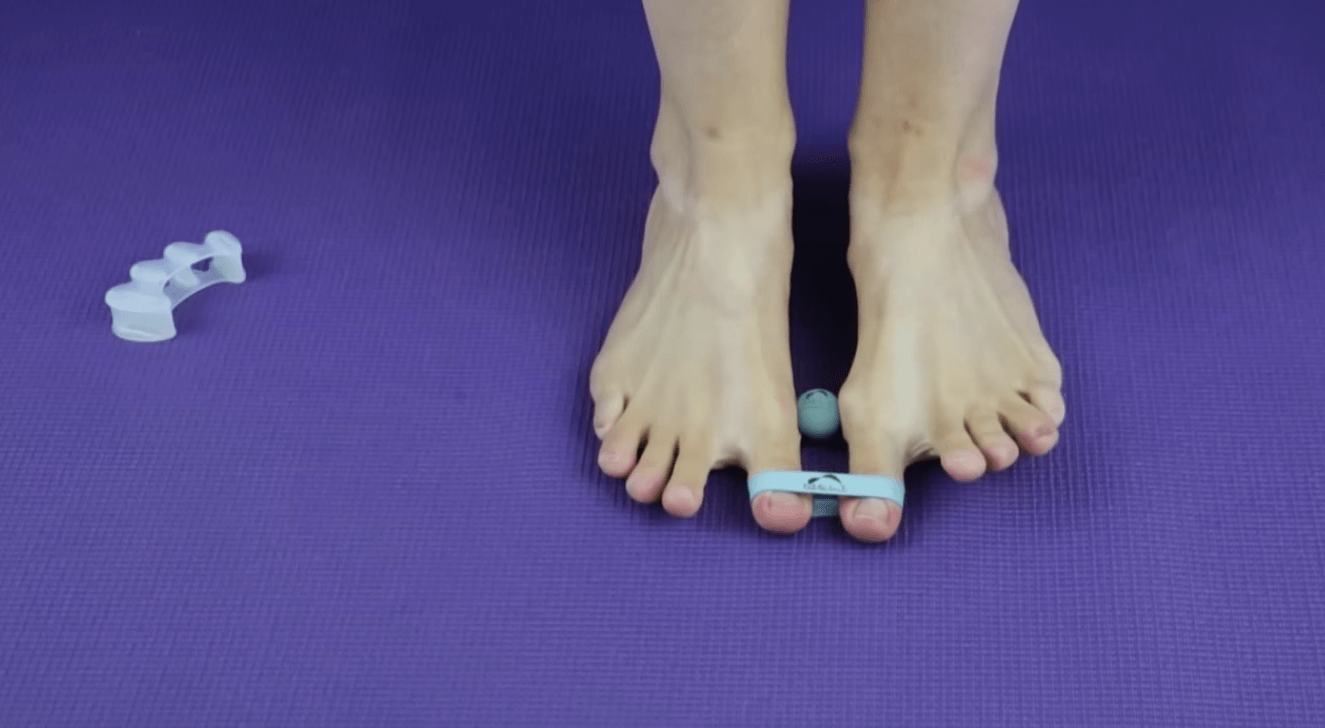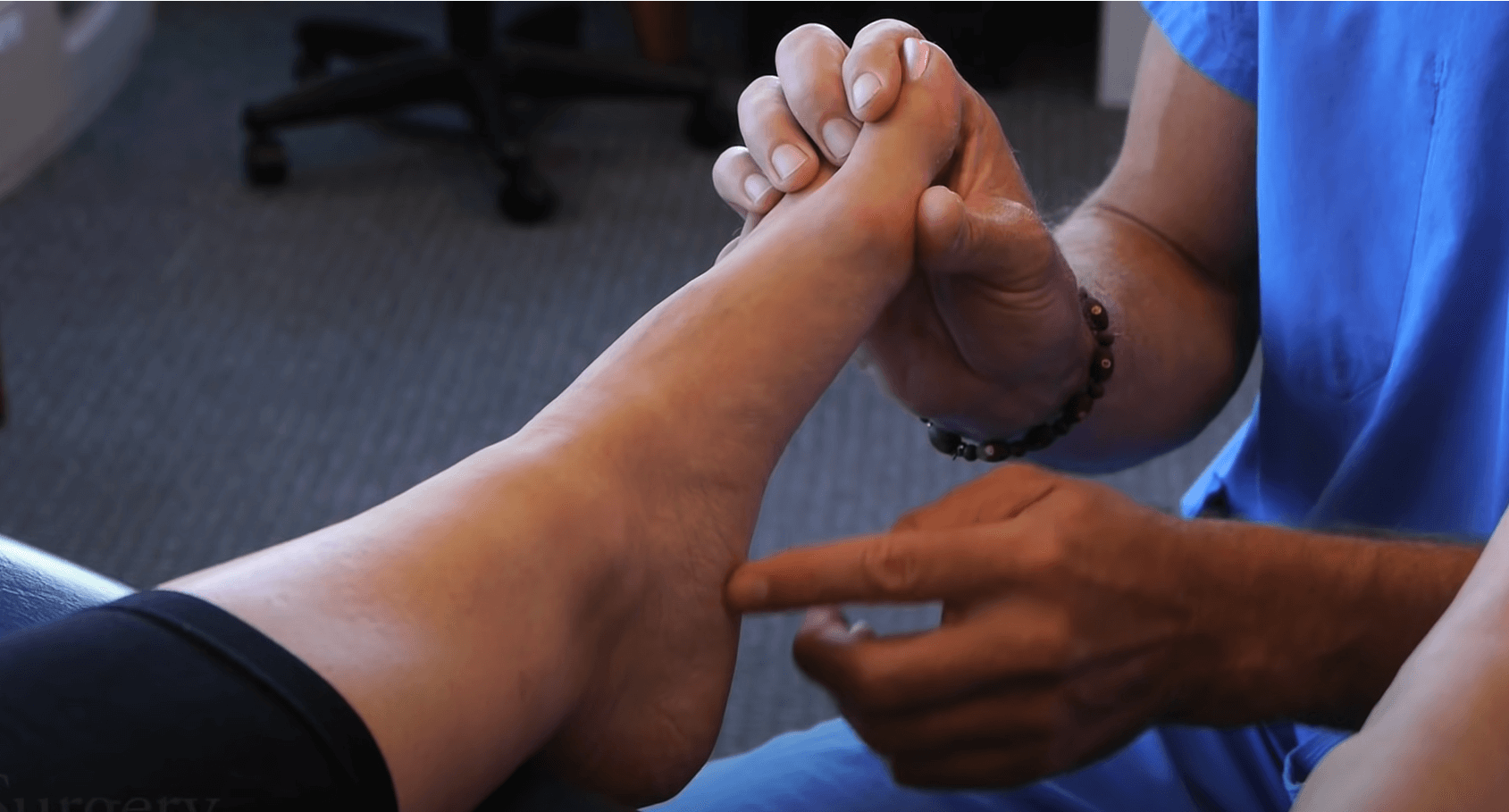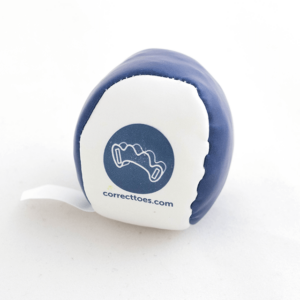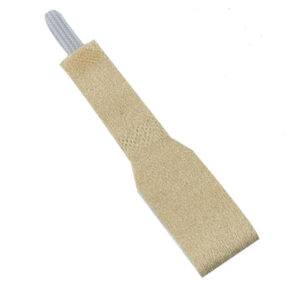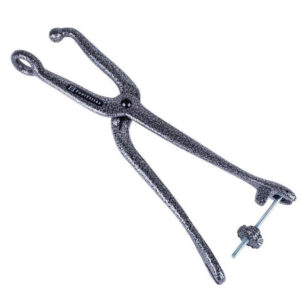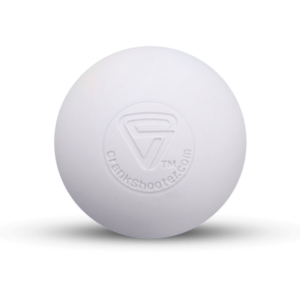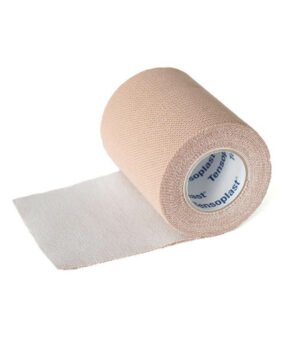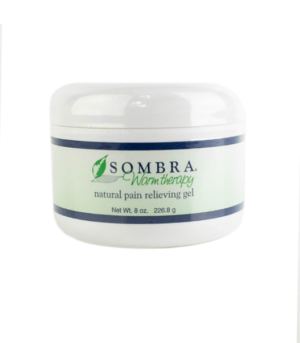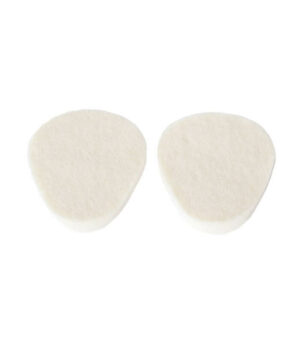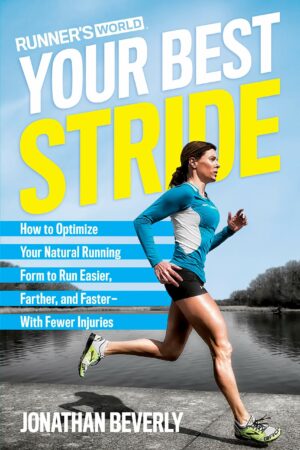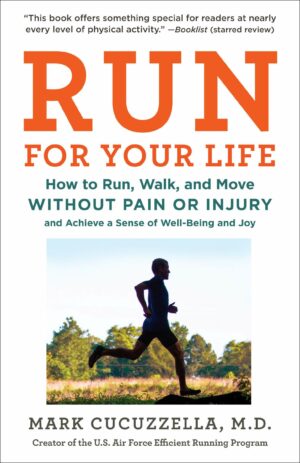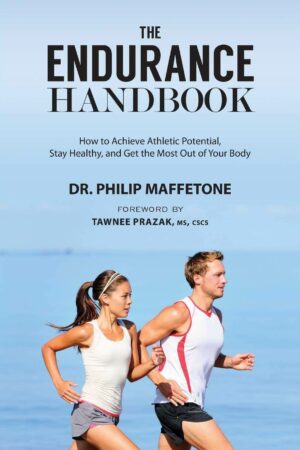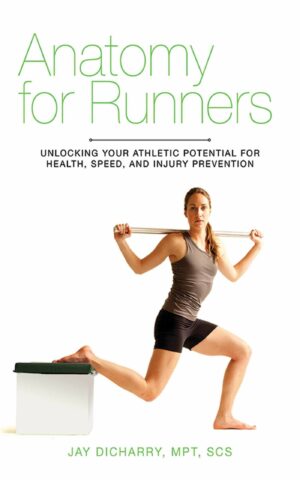A Foot and Toes Survival Guide for Today’s Fabulous Fashionista.
Written by: Dr. Robyn Hughes, ND & Dr. Ray McClanahan, DPM
You’re a contemporary fashionista who dresses to impress. You faithfully don your high heels to conform to business dress standards, impress your employees, boss, or coworkers, and look fierce, maybe even sexy. You’re aware that wearing your fashionable heels may result in painful footsteps, but well, you’re willing to squeeze them on for the sake of good looks. If this
description mirrors your experience and thoughts, you may be well on your way, unfortunately, to birthing a bunion (you know, that unsightly bump that appears at the base of the big toe) not to mention developing hammertoes, clawtoes, interdigital neuromas (ball-of-foot pain), and plantar fascia problems (heel and/or sole pain), all of which are associated with prolonged high heels use. Ouch.
So what’s a fabulous fashionista to do? Ignore the demands of fashion and cold turkey your heels habit? Strike a bold new fashion path? Succumb to the fashion dictocrats and accept your lot in (business) life? Boldly continue wearing high heels and deal with the pain (and possibly surgery) later?
We at Northwest Foot & Ankle / Correct Toes certainly understand the draw toward beauty, creativity, and self-expression that’s provided by fashion. But we’re also a sports podiatry clinic, and so we experience first-hand, all day long, our patients’ foot pains and deformations that are caused by long-term use of fashion footwear. So while we enjoy fashion’s runway shows as much as anyone, we find that as we pan head to toe, we delight in the innovative hair, makeup, shirts, dresses, pants, accessories… but once our gaze reaches the high-heeled pointed-toe footwear, we cringe inwardly. We just know, too well, the negative implications of this style of footwear.
In this article, we offer several top tips on how to safeguard your feet and toes from the perils of a contemporary woman’s urban existence. We discuss a middle path that will allow you to maintain office decorum and retain your femininity yet spare your digits the devastation commonly wreaked by women’s conventional dress footwear (not to mention the footwear that will be seen at the upcoming New York Fashion Week). Please proceed with an open mind and an adventurous heart. The truth will set you (and your toes) free.
Practice Clandestine Foot Health in Your Cube
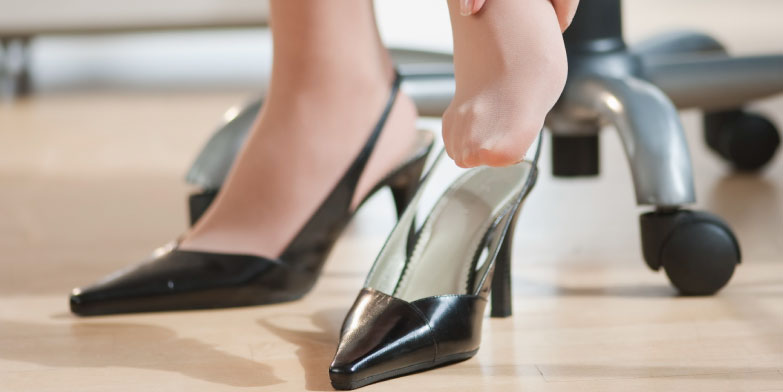
If you spend a good portion of your day sequestered in your office or cube, you have the perfect opportunity to practice clandestine natural foot health. Away from the gawking leers of your peers, and under the cover of your designer bureau, you can let your feet run as wild and free as these true marvels of human anatomy were designed to be. That’s right. We’re talking about ditching your heels and going barefoot in your office as often as possible [a collective gasp is heard throughout the corporate world]. If the idea of baring your feet while on the clock is beyond comprehension, consider a constructive alternative: Bring a pair of flats or sandals to
work and wear them outside of business meetings or high-powered exec lunches. If you can’t eliminate high heels from your business life, minimizing your time in them certainly is the next best option.
Consider, too, taking a few minutes for yourself several times each day to perform key stretches at your desk or console. Chief among these stretches (and especially important for heels-wearing women) is the bunion stretch—a stretch that can help you prevent that much-feared and loathed
bunion. Check out our bunion stretch video in which Dr. Ray McClanahan, inventor of Correct Toes toe spacers, demonstrates proper bunion stretch technique and explains why this exercise is so important for big toe health. Two other office-friendly foot exercises we recommend include the toe extensor stretch (for ball-of-foot pain) and the plantar fascia release exercise, which helps massage your plantar fascia (the thick band of tissue that runs from your heel to your forefoot). Perform the plantar fascia release exercise by rolling the bottom of your foot back and forth over a hacky sack or golf ball.
Stand (or Sit!) Corrected
All fashionistas can benefit, to some degree, from Correct Toes—a revolutionary toe-spacing device that realigns your toes in their normal anatomical position. Even if you can’t permanently retire your heels, you will undoubtedly enjoy spreading your toes on a regular basis when sitting
at your desk or living your life outside the office. You can use Correct Toes to help treat or prevent many common foot and ankle ailments, including bunions, hammertoes, and Achilles tendinitis, among other problems. Wearing Correct Toes during weight-bearing activity should be done in combination with compatible footwear (i.e., footwear that is widest at the ends of your toes, not the ball of your foot).

Consider placing metatarsal pads in your non-work shoes to help preserve your foot health. A metatarsal pad—a small, soft, and unobtrusive pad that sits within your shoe—helps spread your transverse foot arch and stretches tight toe extensor muscles. It also helps realign your forefoot
fat pad to a position that cushions the heads of your metatarsal bones. Without proper cushioning for your metatarsal heads, and with the excessive stress and pressure high-heeled shoes place on this region of your foot, you are vulnerable to several common foot problems, especially
interdigital neuroma. We’ve put together a helpful video demonstrating how to optimally position your metatarsal pads.
Educate the Powers That Be
Your boss or coworkers need to be sympathetic to your situation and support your decision to wear the healthiest possible footwear for your feet, even if your shoes stand out in the office like a cravat on casual Fridays. If your office has a dress code in place that requires you to wear foot-deforming shoes, consider making an earnest plea to your employers about the necessity of appropriate footwear for long-term foot and lower extremity health. Impress upon them how much more productive—not to mention pleasant!—you could be if you were allowed to wear comfortable shoes all day long. If appealing to their hearts doesn’t work, appealing to their wallets might: adopting foot-healthy footwear may save your firm, office, or agency big dollars in health care expenses, especially if your foot problem gets you bounced to a podiatric surgeon.
We recognize that fashion exerts a strong influence on what’s acceptable and what is not, and that office realities certainly do exist, but there is no harm in becoming an advocate for reasonable footwear in your office, and possibly much to gain. Nature intended your foot to be widest at the ends of your toes, possess excellent toe splay, and have strong, sturdy arches.
Crooked and mangled toes, bunions, and ingrown toenails do not need to be your destiny, Fabulous Fashionista, as long as you respect nature’s brilliant design by using tools (such as Correct Toes) and footwear that allow your foot to function like a bare foot inside your shoe. It’s time to redefine what’s beautiful in feet and footwear and put conventional office footwear in its place (i.e, something only seldom worn). So, we ask you, what’s uglier? A wide toe box shoe with no heel elevation, or crooked toes and a big, throbbing bunion at the base of your big toe? Just sayin’.
Lead a Double (Foot) Life
So your boss refuses to grant your feet immunity and insists you wear high-heeled shoes while at work. Bummer, yes, but all is not lost. You can still lead a double foot life. The minute you punch out at work, slip on your Correct Toes and wide toe box footwear for a gym workout (we
recommend Altra running shoes for most athletic activities, including gym sessions, due to the spacious toe box and other beneficial design features included in this brand’s shoes). Spending as much weight-bearing time as possible in Correct Toes and healthy footwear will go far in countering the deleterious health effects associated with conventional office footwear. Weight bearing activities conducted with your toes in their proper anatomical arrangement can have a profound corrective effect on many shoe-induced foot deformities.
Conclusion
The strategies mentioned above can help slow the progression of foot problems and foot degeneration. It’s difficult to completely undo all the damage caused by years of conventional footwear use, especially if you keep wearing the shoes that cause the damage, but our best advice
as doctors to help prevent and resolve chronic foot problems is always to quit wearing foot-deforming shoes (or wear them only minimally). Men (if you have read this far), you are not exempt! Men’s dress shoes (even the ones that claim to be healthy), cowboy boots, and the tennis shoes that perhaps some of you less fashion-savvy gentlemen think pass for high fashion: all contribute to foot and toe deformation and problems.
We do recognize, as did natural foot health expert, podiatrist William A. Rossi, the powerful hold fashion has on our psyches. Rossi notes:
“Fashion plays an enormously influential role in our lives, often involving and affecting our health physically, emotionally, psychologically and psycho-sexually. And this applies particularly to fashion footwear … Fashion has been with us since earliest civilization, even before, because it serves a vital role by feeding two of human nature’s most powerful motivating forces: status and sex attraction.”
We appreciate fashion and respect the artistic expression and creative genius of fashion designers, though we wish foot health was a higher priority in the fashion industry. We excitedly await a paradigm shift in the fashion and footwear industry toward more natural footwear for the
preservation of normal, healthy foot anatomy. Until that happens, practice the above-mentioned strategies to keep your toes in line and your feet feeling fine!


